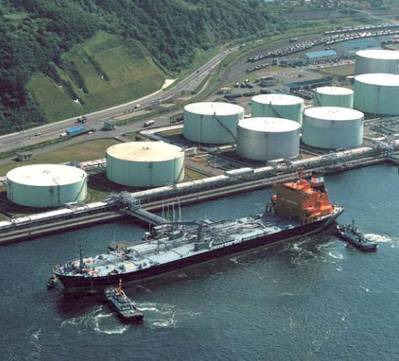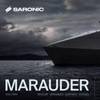Tankship Operators Complain They Get Short End of the SIRE Stick
The vetting inspections of tankers by oil companies are proliferating in frequency, rising steadily in cost and, at an estimated $300m a year, are well on the way to running out of control, claim Intertanko as follows:
The Ship Inspection Report (SIRE) programme developed by the Oil Companies International Marine Forum (OCIMF) intended that tanker inspection reports should be shared by all OCIMF members. They are not. The cost of inspections should be shared by both parties. They are not. And to make matters worse, ship operators often have to pay the costs of luxury travel for inspectors.
INTERTANKO's Chairman, Graham Westgarth of GasLog Ltd, who had been re-elected for a third two-year term as Chairman of the Association, chaired an active Council discussion on the vetting of tankers at the autumn meeting of INTERTANKO'S Council in Hong Kong. Vessel inspections by charterers are a crucial part of tanker vetting that has effectively become every tanker owner’s ticket to trade.
“Vetting plays a vital role in safety, one which our members respect and welcome,” says Westgarth. “The highest quality owners want to distinguish themselves from those with lesser standards. However there are some very real concerns on the fact that the SIRE system is not being used by OCIMF members as it was intended, resulting in a multitude of unnecessary inspections: INTERTANKO’s Council expressed alarm at this trend.”
The cost of vetting has become prohibitive for tanker owners as charterers implement fragmented vetting strategies, insisting on performing their own inspections, at an average cost in the region of $5,000, using their own individual criteria instead of accessing valid, standardised inspection reports already lodged in OCIMF’s SIRE system. In addition, tanker operators are obliged to cover unreasonable extra costs. One aggrieved INTERTANKO member says: “We want to see better transparency over vetting costs – especially inspectors’ travel expenses which can cost almost as much as the inspection itself, but for which we don’t receive a full breakdown.”
INTERTANKO and its long-established Vetting Committee have been working closely with OCIMF and CDI (the Chemical Distribution Institute), as well as the individual oil and chemical companies, on a number of vetting issues. But as part of its Sustainability Project, INTERTANKO has been developing a Code of Conduct which, among other things, aims to ensure that the costs of vetting inspections are apportioned in a fair and reasonable manner and that vetting is only used for safety and not commercial reasons.
INTERTANKO’s Managing Director Katharina Stanzel says, “INTERTANKO’s Council wants to encourage charterers, including traders and brokers, to use the SIRE system in the spirit that it was created by the oil majors, and to drive down the number of inspections and associated costs. This means aiming for one inspection per ship every six months by an accredited inspector, the report of which will be used by any OCIMF member wanting to vet that ship.”
It is time to rethink the tanker inspection and vetting machine.















